Modi 2.0 First Union Budget: What India’s M&E industry wants
The first Union Budget of the Modi 2.0 goverment and Finance Minister Nirmala Sitharaman will perhaps be one of the most difficult budgets to be presented. The economy is in poor shape and so are the Government finances. It will be interesting to see what sort of balancing act India’s first full-time woman finance, says Anuj Gupta, Senior Business Director, Starcom Mediavest Group India.
With the vision to make India the world’s 3rd largest economy by 2030 (currently ranked 6th), and commitment to become a $5 trillion dollar economy by 2025, the Modi 2.0 Government has set its own target to achieve. However, it is not going to be a cakewalk at all for the Government.
Since there is not much option for the Government to play, there would be some fine-tuning and adjustments in interim budget itself presented in February 2019 (the Government has already offered maximum to the popular and common man policies considering pre-poll bound period).
Media & Entertainment sector expectations
Post GST regulation, advertising & media industry is facing some slowdown in terms of spends. New spenders have hesitation while regular spenders are in rational mode on how much need to spend. Relaxation in GST would help to boost some extend for the trade.
- TV industry witnessed significant change post TRAI mandate on February 1, 2019. This would leads to gradual shutdown many small and independent channels, and consolidation to big networks. Healthy competition among channels and wide content opportunities for consumer has to be prime concern for industry.
- Print industry is facing low demand at an overall level. The industry is expecting abolishment of 5 per cent GST norm introduced in FY2017, along with 5 per cent GST on newsprint imports. Trade is expecting extension of tax reduction on printing machinery as well.
- Radio industry witnessed issue of new licenses with big bang, but many licenses are yet to be operational. Reduction in license fees in accordance to viability running them in long-term manner is important. Since facing correction time, radio players see similar GST rate (5 per cent) as print medium. Another round of radio auction is on the cards post the 5G rollout in 2020, however necessary correction is required before moving ahead.
- Film industry is seeking uniformity in GST to boost cinema viewership. Under GST era, movie tickets priced above Rs 100 attract 18 per cent GST, while those lower than Rs 100 attract only 12 per cent GST.
- Growth and higher penetration of digital medium in the metros, Tier 1 and 2 towns will help drive music streaming along with OTT players to reach out to the masses. The Government is committed to driving digitalisation and rollout of 5G would boost the digital medium further. Trade is expecting continued support from the Government in the future as well.
Corporate & Start-up’s expectations
- Corporate Tax in India is the highest among competitive economies. In 2015, the Government had proposed to reduce it in the next 4 your and reduce it to 25 per cent and make it applicable to companies having turnover of up to Rs 250 crore. To make it favourable to the industry, comparable to other Asian economies, expectation is to make single rate for all the companies and extend the benefit to partnership firms, especially the MSME sector.
- To continue support for new entrepreneurs and start-ups, sufficient checks are needed to curb unaccounted money and correction/ rebate in angel tax. This would lead to focus on their business, along with boosting investor confidence.
- Reduce compliance burden in GST, this would be of great relief for small taxpayers and MSMEs.
More money in the hands of farmers and the middle class will lead to increase in spending. Upgrading lifestyle and FMCG products would be among the first choice to have more pie of this additional income. The Modi 2.0 Government, in continuation of the reforms in the agriculture sector, may take up more initiatives to fulfill its commitment to double the income of farmers by 2024. This would benefit FMCG giants like HUL, ITC, Nestle, Dabur, Patanjali, P&G, etc.


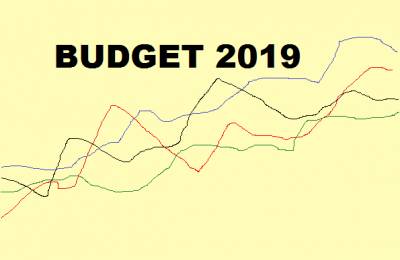

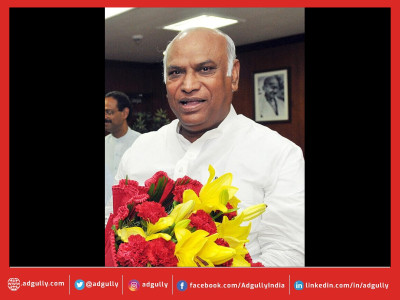
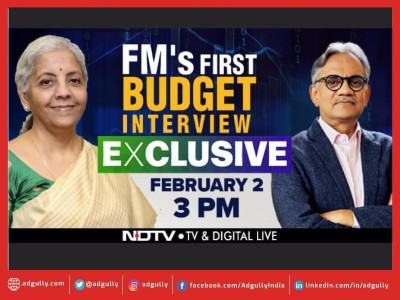


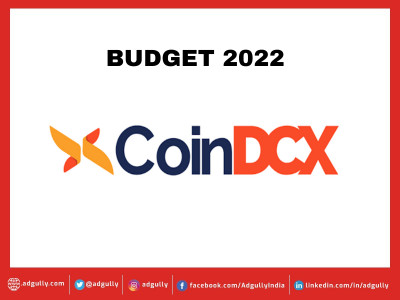

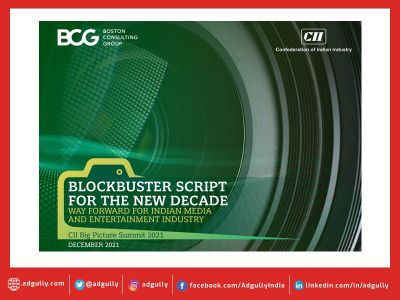





Share
Facebook
YouTube
Tweet
Twitter
LinkedIn